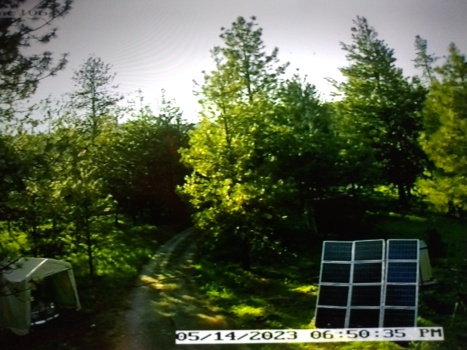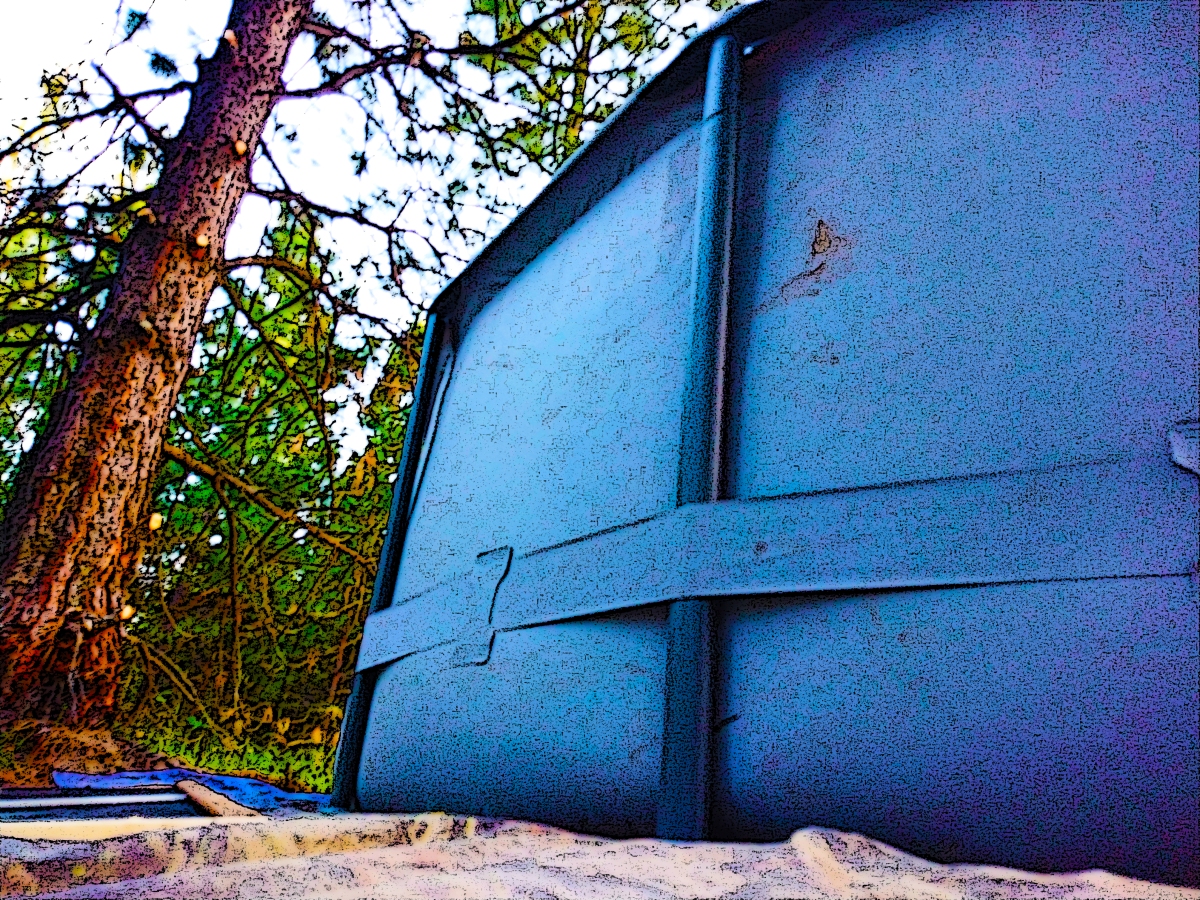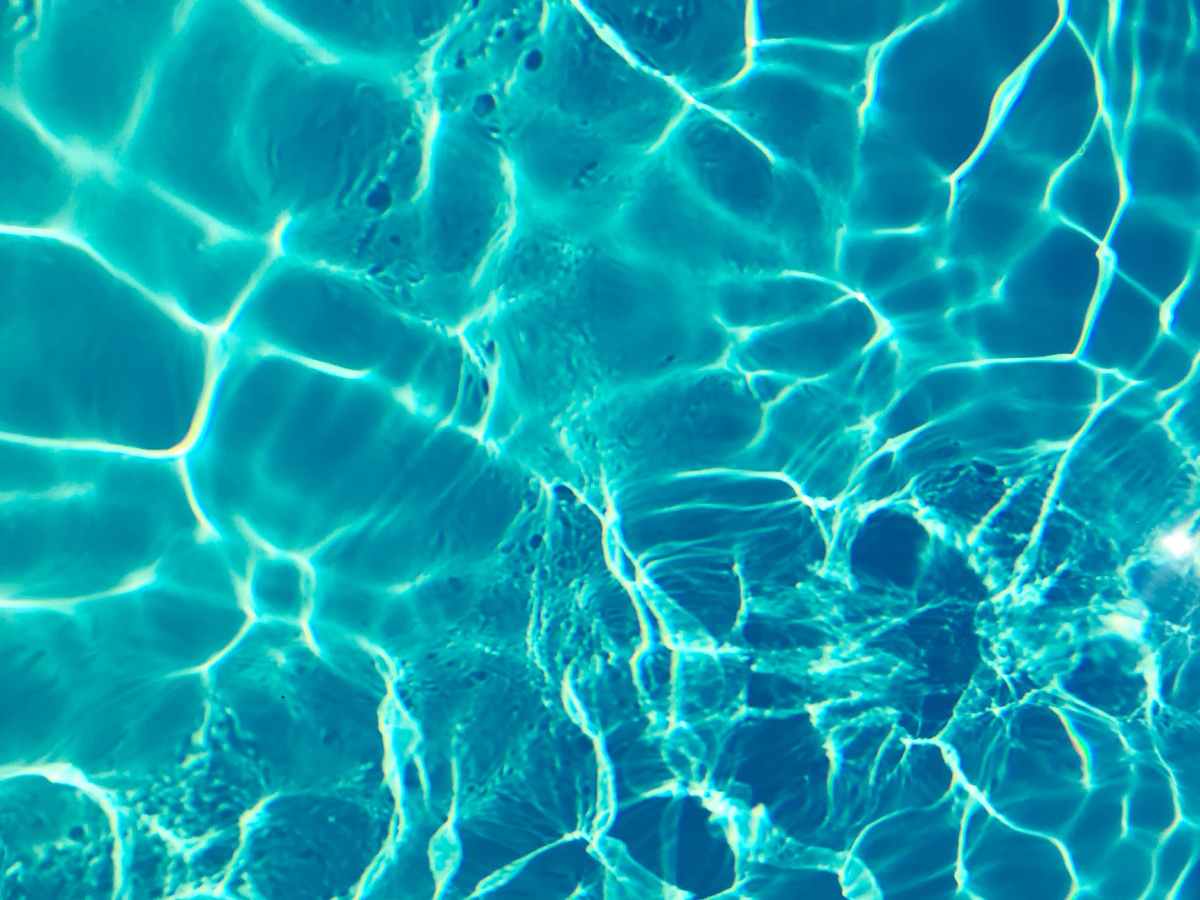Summertime in a smallish rural town (but big enough for a Walmart)…
You enter the store from the hot tarmac that is the parking lot and find yourself in the seasonal section. Being the beginning of summer, it’s a week or two too early for the Christmas display but the school supplies are already flying onto the shelves.
You scan each isle, hoping it’s not too late. Then you see it: the last pool – and it’s a biggun’. Fourteen feet across and exactly forty-eight inches deep. “Big enough”, you think.
Someone turns casually into the isle. You possessively lean against the box then turn around to put it into your shopping cart: now the pool is too big.
You’re here because last year’s record-breaking heat wave reduced your life to the bottom level on the hierarchy of needs: not melting. Since then, a body of water close by during the summer months is mandatory.

The folks at Walmart agree. The pools – boxed behind scenes of families splashing in impossibly blue water – sold well – with only one left.
It looks perfect for the job until checkout where the price, the call for assistance, then the visual of the rear of the car sagging as they load it hits you.
“What have I done?” you think. But it’s only the beginning.
Water is generally measured by the gallon but I catch myself calculating man-hours, equipment, blood, and sweat for each unit.
One gallon equals one hour of filtering, ten minutes of debugging, ten-seconds of chemical treatment, and two-minutes of vacuuming for every one minute of pleasurable use. Add some random number in for the unforeseen month it takes you to level the ground by hand before setting up.

It took us two tries and one draining to get the behemoth level enough to be stable. By that time, the spring water we were “plugged” into was no longer flowing down the hill so we had to pump day in and out for a week to get the damned thing full.
Then came the filter and after-market heating system a huge pool will require in order to be habitable.

Two months after purchasing the largest above-ground pool we’ve ever owned, it sits, largely unused, luring in any insect with wings, while I sit in my air conditioned RV typing a blog post.





